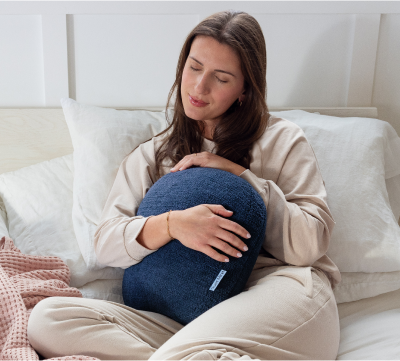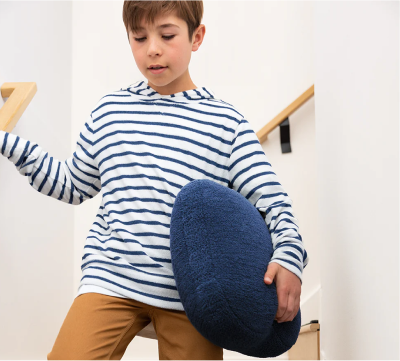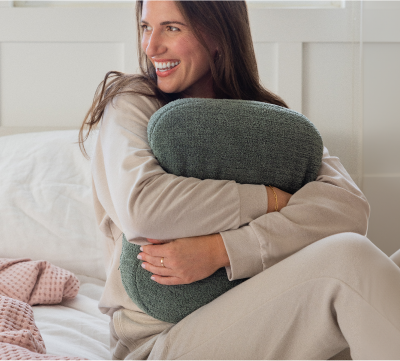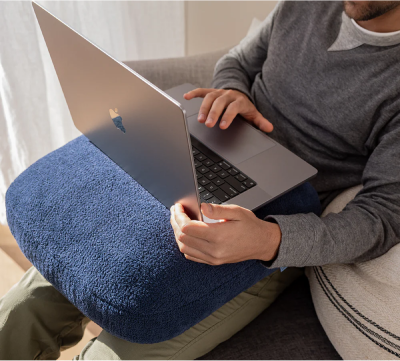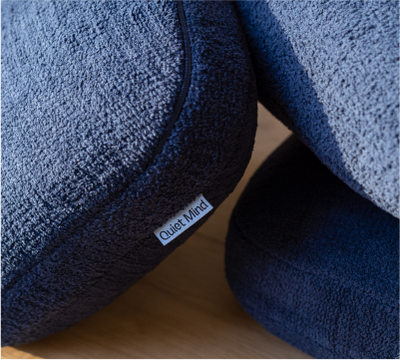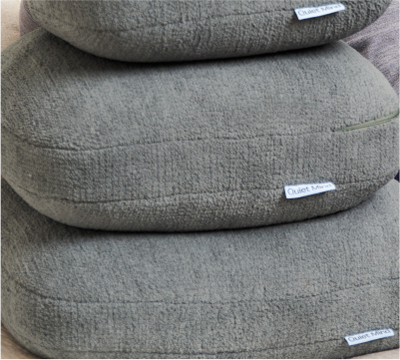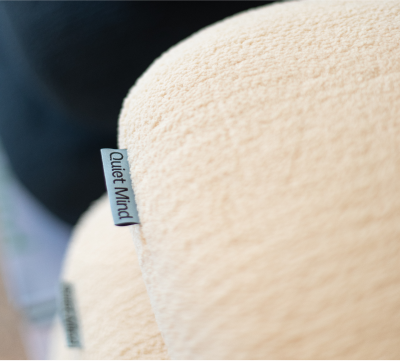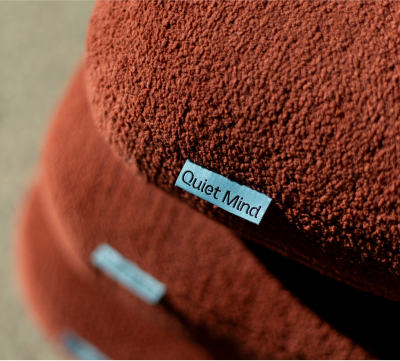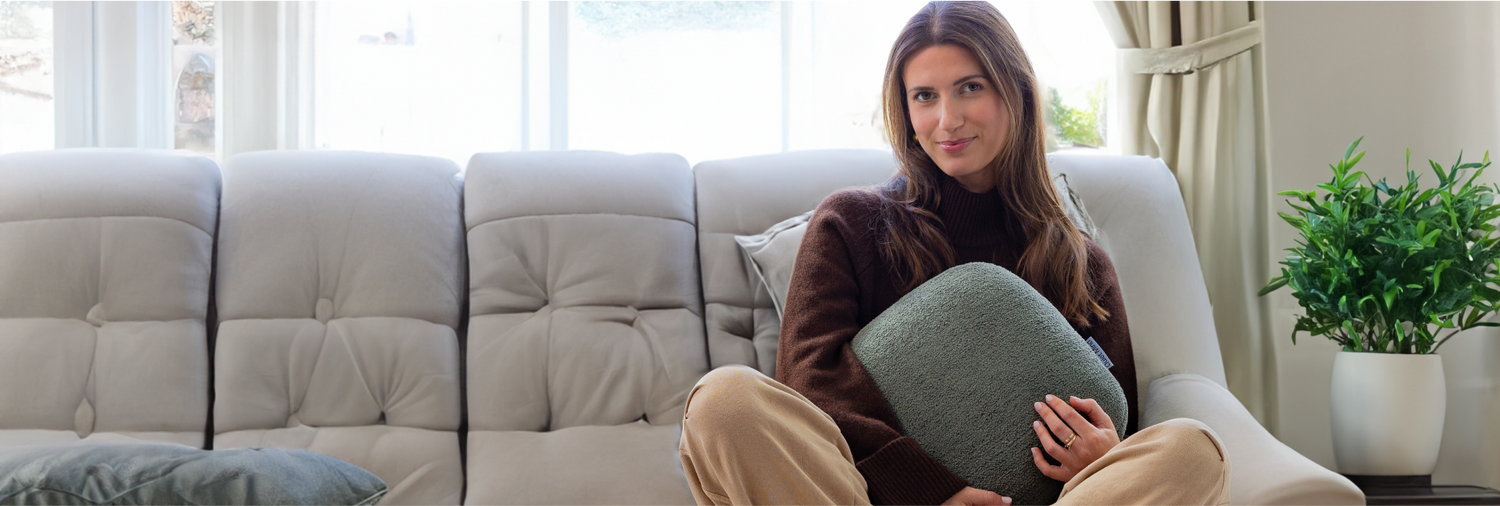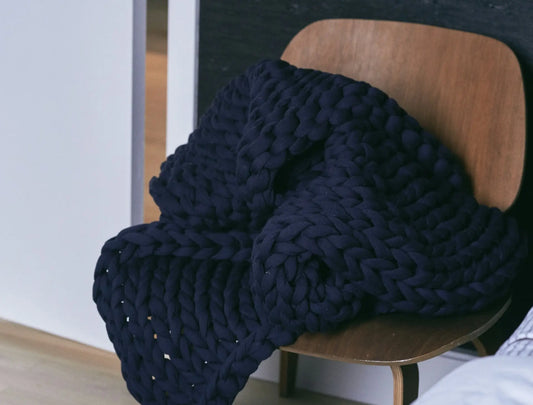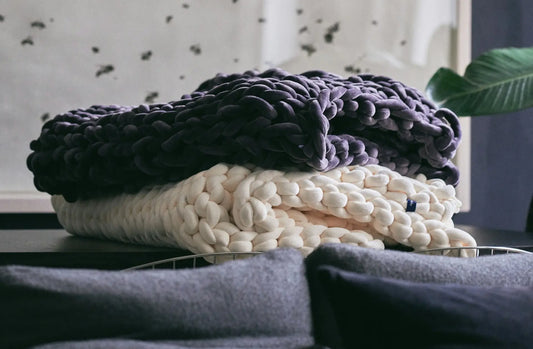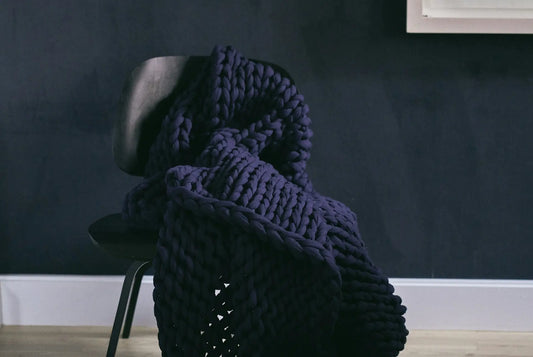Does your child often seem to be in a world of their own, struggling to complete the task at hand and unable to focus on assignments? If so, they’re not alone. Attention deficit hyperactivity disorder, commonly called ADHD, is a condition that affects millions of children worldwide.
ADHD is a neurodevelopmental disorder characterized by a range of symptoms, including inattention, hyperactivity, and impulsivity. One of the most challenging symptoms of ADHD for children is difficulty in maintaining focus. Simple tasks, like completing homework or following instructions, often become monumental hurdles.
While medication is commonly prescribed for ADHD symptoms, it’s not the only path, and it may not be the best one for every child. By learning how to help an ADHD child focus without medication, you can unlock your child’s full potential and pave their way to success.

How to Help a Child with ADHD Focus Without Medication
In the quest to help a child with ADHD thrive, finding their strengths and providing tailored strategies can be immensely beneficial. The following methods can be implemented both at home and in the classroom environment to help an ADHD child focus without medication.
Parenting or teaching a child with ADHD can be a unique challenge, but it also offers an opportunity to harness the child’s creativity, energy, and enthusiasm for learning. By adopting specific techniques and making some strategic adjustments, you can create an environment where your child can flourish.
Explore Deep Touch Pressure Therapy
Deep Touch Pressure Therapy, commonly known as DTP, is gaining traction throughout the medical community as a way to help children with ADHD. This simple concept is rooted in the idea that gentle, distributed pressure on the body can have a calming and focusing effect. It’s like a comforting hug that helps soothe a restless mind.
Children with ADHD often struggle with sensory processing and an overactive nervous system. DTP works by stimulating the release of neurotransmitters like serotonin and dopamine, which are responsible for regulating mood and attention. DTP can help a child with ADHD to feel more grounded and less anxious, improving their ability to concentrate.
Weighted pillows are becoming increasingly popular for children with ADHD because of their portability and ease of use. A weighted pillow can be used virtually anywhere, even at school, where the child can place the pillow on their lap to provide sensory support and a calming effect throughout the day.
Whether at home or on the go, a weighted pillow can be a valuable tool to help your child find their center, stay focused, and tackle the challenges of daily life. Weighted pillows are also available in various sizes and weights, allowing you to choose one that’s appropriate for your child’s age and comfort level.
Create a Supportive Environment
Children with ADHD are often more sensitive to external stimuli, so creating a supportive environment free of distractions is essential for helping them stay on track. Completing tasks surrounded by constant noise, bright lights, and clutter is challenging for anyone, let alone a child already grappling with sensory overload.
The first step to helping a child with ADHD focus is identifying potential distractions in their learning space and minimizing them. This includes removing unnecessary toys and electronics from their workspace and keeping necessary items organized and easily accessible.
The room should be well-lit but not overly bright. Natural light is ideal, but soft, warm-toned lighting can also help to create a calming atmosphere. Many children with ADHD are particularly sensitive to noise, so designate a quiet area for focused activities. Noise-canceling headphones and white noise can also be a helpful tool for reducing auditory distractions.
A supportive environment not only enhances focus but also reduces stress and frustration. Allowing your child to personalize the space with items they find motivating and calming can help to create a sense of ownership and comfort.
Develop Consistent Routines and Schedules
Consistency and routine are the cornerstones of success when helping a child with ADHD focus without medication. Establishing predictable routines and schedules at home, at school, and in other areas of life provides a structured framework that reduces distraction and anxiety.
Children with ADHD often struggle with impulsivity and time management. A well-designed routine helps address these challenges by creating a clear sequence of activities and expectations.
At Home
At home, begin the day with a consistent morning routine that includes waking up at the same time, getting dressed, and having a nutritious breakfast to set a positive tone for the day. Allocate specific times for homework, play, and meals to keep energy and focus consistent throughout the day. Establish a calming bedtime routine to help your child transition into sleep.
At School
This consistency should extend to school, with visual cues like schedules and checklists to help your child follow classroom routines. Timers and alarms can also be helpful for staying on task and managing time during classroom work or tests.
Outside Activities and Social Events
Ensure that behavioral expectations are consistent between work, school, and outside activities. Encourage your child to engage in activities that align with their interests and talents while maintaining a consistent weekly routine.
By creating structured routines and schedules, you provide your child with a sense of security and predictability. This also supports their ability to manage time, reduce impulsivity, and enhance focus.
Make Learning Active
Making learning an engaging and active process is critical to helping a child with ADHD focus. Many children with ADHD thrive when they can interact with their environment and materials hands-on.
Whenever possible, engage multiple senses during learning activities. For example, when teaching math, use physical objects like counters or beads your child can touch and manipulate. Combine them with visual aids and verbal explanations to reinforce concepts.
Allowing an ADHD child to move while learning can be incredibly beneficial. Use tools like fidget spinners or an exercise ball as seating options to enable subtle movement without disrupting focus. Implementing short movement breaks can also help to prevent restlessness.
Educational apps, online resources, and games can make learning more engaging and interactive, helping your child stay focused. Changing the location of learning activities occasionally can also spark renewed interest and focus.
Encourage Regular Breaks and Break Tasks Into Manageable Chunks
To help a child with ADHD stay focused and avoid feeling overwhelmed, encouraging regular breaks and breaking larger tasks into manageable chunks is essential. Breaks serve as a reset button for your child’s attention span, preventing mental fatigue and maintaining optimal focus.
Set specific times for breaks during study or homework sessions, ranging from 5 to 15 minutes, depending on your child’s attention span. Encourage your child to engage in physical activity during breaks to release pent-up energy and enhance focus upon returning to the task.
Outline all the steps required to complete larger assignments and utilize a checklist and color-coded sticky notes to make each step and progress visible. Assign time limits and priorities to each step to prevent your child from getting lost in open-ended activity and reduce stress by ensuring high-priority items are completed first.
Implement Positive Reinforcement and Rewards
Positive reinforcement and rewards can be positive motivators for children with ADHD. Start by clearly defining behaviors and achievements you want to reinforce. Choose an appropriate reward, such as verbal praise, extra playtime, a favorite snack, or something more significant, such as a special outing or a new toy.
Be consistent about rewarding desired behaviors, and ensure that the reward is given immediately after the behavior occurs to establish a connection between the two. Be sure to tailor your expectations to your child’s age and ability.
Visual charts that outline desired behaviors and corresponding rewards serve as visual reminders and allow your child to track their progress. Let your child have a say in choosing some of the rewards to foster a sense of ownership and motivation.
Over time, you can gradually phase out some rewards as the desired behaviors become ingrained habits. Work closely with your child’s teacher to implement a similar reward system at school to ensure immediate feedback and motivation to stay on track.
Establish Healthy Habits
Healthy habits are pivotal in helping children with ADHD sharpen their focus. Limit your child’s access to sugary snacks and provide a diet rich in lean proteins, colorful fruits and vegetables, and healthy fats to stabilize energy levels and support brain function.
Ensure your child gets plenty of exercise daily to enhance focus and self-control. Prioritize a consistent bedtime routine and ensure your child receives the recommended amount of sleep for their age to improve cognitive function.
Encourage hydration to support alertness and concentration and set boundaries on screen time. These lifestyle strategies, combined with other strategies in this guide, can enhance your child’s ability to focus without needing medication.
Encourage Creative Hobbies and Mindfulness
Encouraging creative hobbies and mindfulness practices can foster a sense of calm, enhance self-regulation, and improve attention span. Encourage your child to explore arts and crafts, music, or dance to express themselves, engage their mind, and nurture their focus.
Activities like building with legos or constructing with model kits engage fine motor skills and problem-solving while promoting focus and patience. Reading and writing stories can stimulate imagination and improve attention to detail.
Deep breathing, yoga, and meditation can help your child manage stress, stay centered, and develop self-awareness, relaxation, and better concentration. Activities such as hiking, birdwatching, or simply playing outdoors promote mindfulness and sensory awareness.
Consider Behavioral Therapy
Behavioral therapy is a valuable non-medical approach for helping children with ADHD develop essential skills, manage their symptoms, and improve their focus. The therapist works with your child to identify specific challenges and develop tailored strategies to address them.
Behavioral therapy often includes parental involvement. Parents are taught strategies to reinforce positive behaviors and maintain consistency in expectations. Therapists can also work with teachers and administrators to implement strategies and accommodations in the classroom.
Why Do Kids with ADHD Have a Hard Time Focusing?
ADHD kids have a hard time focusing because their brains have difficulty regulating attention, making it challenging to sustain concentration on tasks or activities for extended periods. This is due to differences in the brain’s structure and function, particularly in areas responsible for attention and impulse control.
How Can I Help an ADHD Child Focus in Class?
To help an ADHD child focus in class, consider implementing strategies like deep touch pressure, providing clear routines and regular breaks, minimizing distractions, and offering positive reinforcement. Collaborate with teachers to create a supportive classroom environment tailored to the child’s needs.

- Nancy T
How Can I Help an ADHD Child Slow Down?
To help an ADHD child slow down, consider techniques like teaching mindfulness, encouraging creative hobbies, and implementing consistent schedules and routines. Encourage self-awareness and practice relaxation techniques to help them regulate their pace and attention.
Unlock Your ADHD Child’s Focus and Potential
The calming benefits of Quiet Mind’s Original Weighted Pillow can help a child stay centered and attentive at home or in the classroom. The weighted pillow’s portability allows your child to carry the benefits of Deep Touch Pressure Therapy wherever they go, ensuring a constant source of calm.
From creating a supportive environment to developing consistent routines and encouraging healthy habits, these approaches empower parents and educators to nurture the focus and attention of children with ADHD. With patience and strategic effort, the possibilities are limitless for every child with ADHD.
